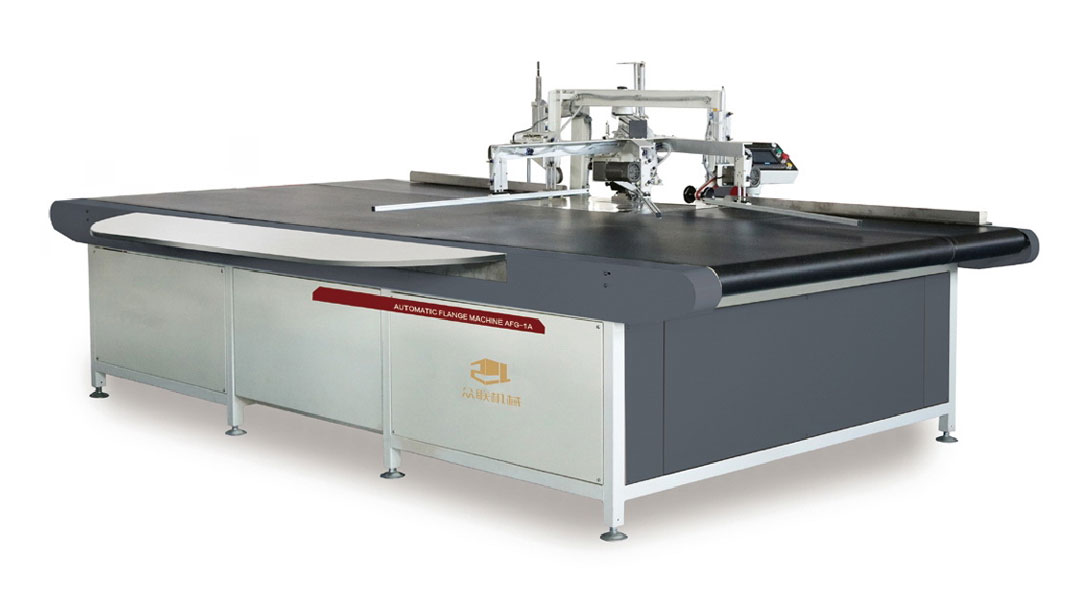Improving Mattress Durability with Advanced Flanging Machines
In the competitive and rapidly evolving mattress manufacturing industry, maintaining high standards of quality and durability is paramount. Among the many innovations driving the industry forward, the mattress flanging machine stands out as a key contributor to enhancing mattress durability. This specialized equipment automates the flanging process, which is crucial for creating strong, resilient seams that hold the mattress together. In this article, we explore how advanced flanging machines are revolutionizing mattress production, improving durability, and contributing to better overall product quality.
A mattress flanging machine is designed to sew the flange, or border, of a mattress. The flange is a strip of fabric that connects the top and bottom panels of the mattress to the side panels, essentially holding the entire structure together. Traditionally, this process was done manually, which was time-consuming and prone to inconsistencies. However, with the advent of advanced flanging machines, manufacturers can now achieve precise and uniform seams with greater efficiency.
The Role of Flanging in Mattress Durability
The durability of a mattress heavily depends on the strength and integrity of its seams. Weak or uneven seams can lead to issues such as fabric tearing, padding shifting, and overall structural failure. The flanging process, therefore, plays a critical role in ensuring that the mattress can withstand regular use over an extended period.
Advanced flanging machines use precise stitching techniques to create strong, consistent seams that enhance the mattress's structural integrity. By automating this process, manufacturers can eliminate human error, ensuring that each mattress meets stringent quality standards.
Technological Advancements in Flanging Machines
Modern mattress flanging machines are equipped with a range of advanced features that significantly improve the manufacturing process. These include:
Computerized Controls
Computerized controls allow for precise adjustments and automation of the flanging process. Operators can program specific settings for different mattress types, ensuring consistency and accuracy in every seam. This level of control reduces the likelihood of errors and enhances overall production efficiency.
Multi-Needle Configurations
Advanced flanging machines often feature multi-needle configurations, enabling them to sew multiple lines of stitching simultaneously. This not only speeds up the production process but also strengthens the seams by providing additional reinforcement. The result is a more durable mattress that can endure regular use without compromising its structural integrity.
High-Speed Operation
Speed is a critical factor in manufacturing, and modern flanging machines are designed to operate at high speeds without sacrificing quality. These machines can sew thousands of stitches per minute, significantly increasing production capacity. This efficiency allows manufacturers to meet growing demand while maintaining high-quality standards.
Automated Thread Trimming and Material Handling
Many advanced flanging machines come with automated thread trimming and material handling features. These capabilities streamline the production process by reducing manual intervention, minimizing waste, and ensuring that each seam is neat and secure. Automated thread trimming also enhances the final product's appearance, contributing to its overall quality and aesthetic appeal.
Benefits of Using Advanced Flanging Machines
The integration of advanced flanging machines into the mattress manufacturing process offers numerous benefits:
Improved Product Quality
The precision and consistency provided by advanced flanging machines ensure that each mattress is produced to the highest standards. Strong, uniform seams enhance the overall quality of the mattress, making it more durable and comfortable for consumers.
Increased Production Efficiency
Automating the flanging process significantly reduces production time, allowing manufacturers to produce more mattresses in a shorter period. This increased efficiency is crucial for meeting market demand and staying competitive in the industry.
Reduced Labor Costs
By automating labor-intensive tasks, flanging machines help reduce the need for manual labor, leading to cost savings for manufacturers. These savings can be reinvested into other areas of the business, such as research and development or marketing.
Enhanced Customization
Computerized controls and advanced features enable manufacturers to easily customize the flanging process for different mattress designs and specifications. This flexibility allows for greater innovation and differentiation in the market, catering to diverse consumer preferences.
The Future of Mattress Manufacturing
As technology continues to advance, the capabilities of mattress flanging machines are expected to expand further. Innovations such as artificial intelligence and machine learning could be integrated into these machines, enabling even greater precision, efficiency, and customization. These advancements will allow manufacturers to stay ahead of the competition and continue to meet the evolving demands of consumers.
Conclusion
Advanced flanging machines have undeniably transformed the mattress manufacturing industry. By enhancing efficiency, precision, and customization capabilities, these machines have enabled manufacturers to produce higher-quality, more durable mattresses.
